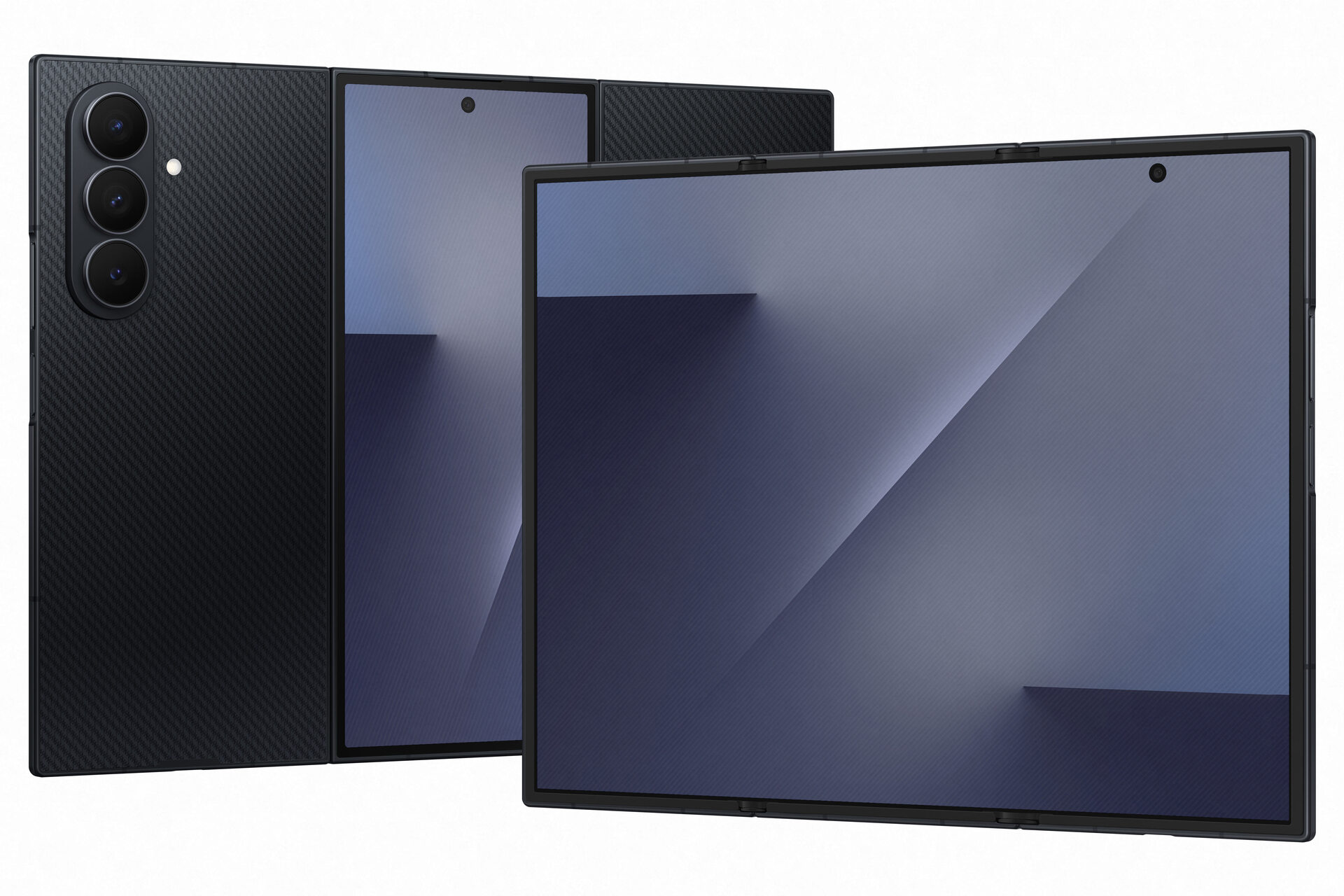Android phones
Android phones from Samsung, Google, Motorola, OnePlus, and more. All the news, commentary, and hands-on reviews you could want.
Best products
Features
Guides
Reviews
All the latest
Android phones news
The Samsung Galaxy S26 is already the worst phone of 2026
Rita El Khoury12 hours ago
0

Did you know: Pixels and iPhones are actually made by the same company
Mitja Rutnik13 hours ago
0
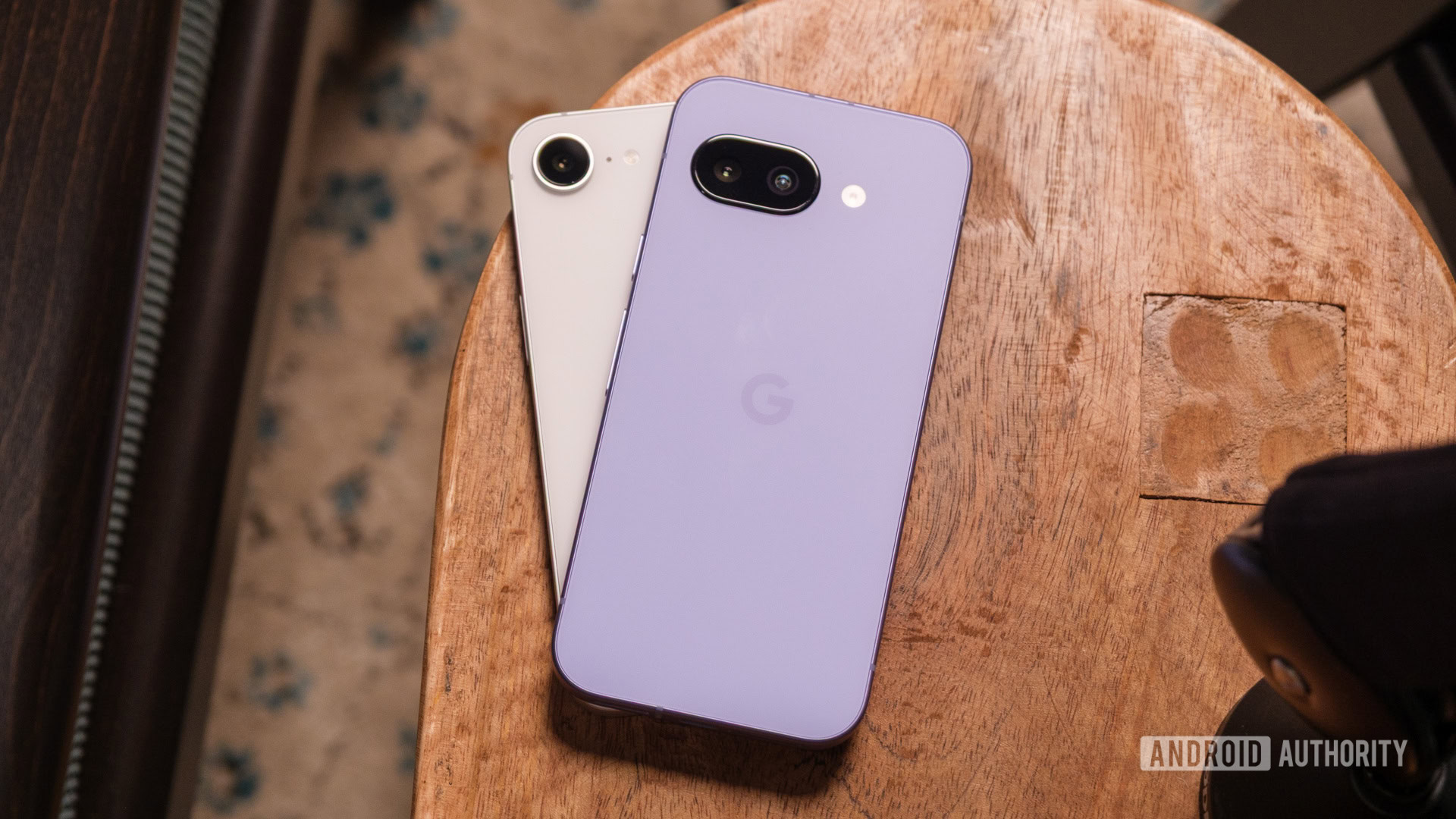
I've used every Pixel since the 5, and I'm still baffled by their battery life
Ryan Haines14 hours ago
0
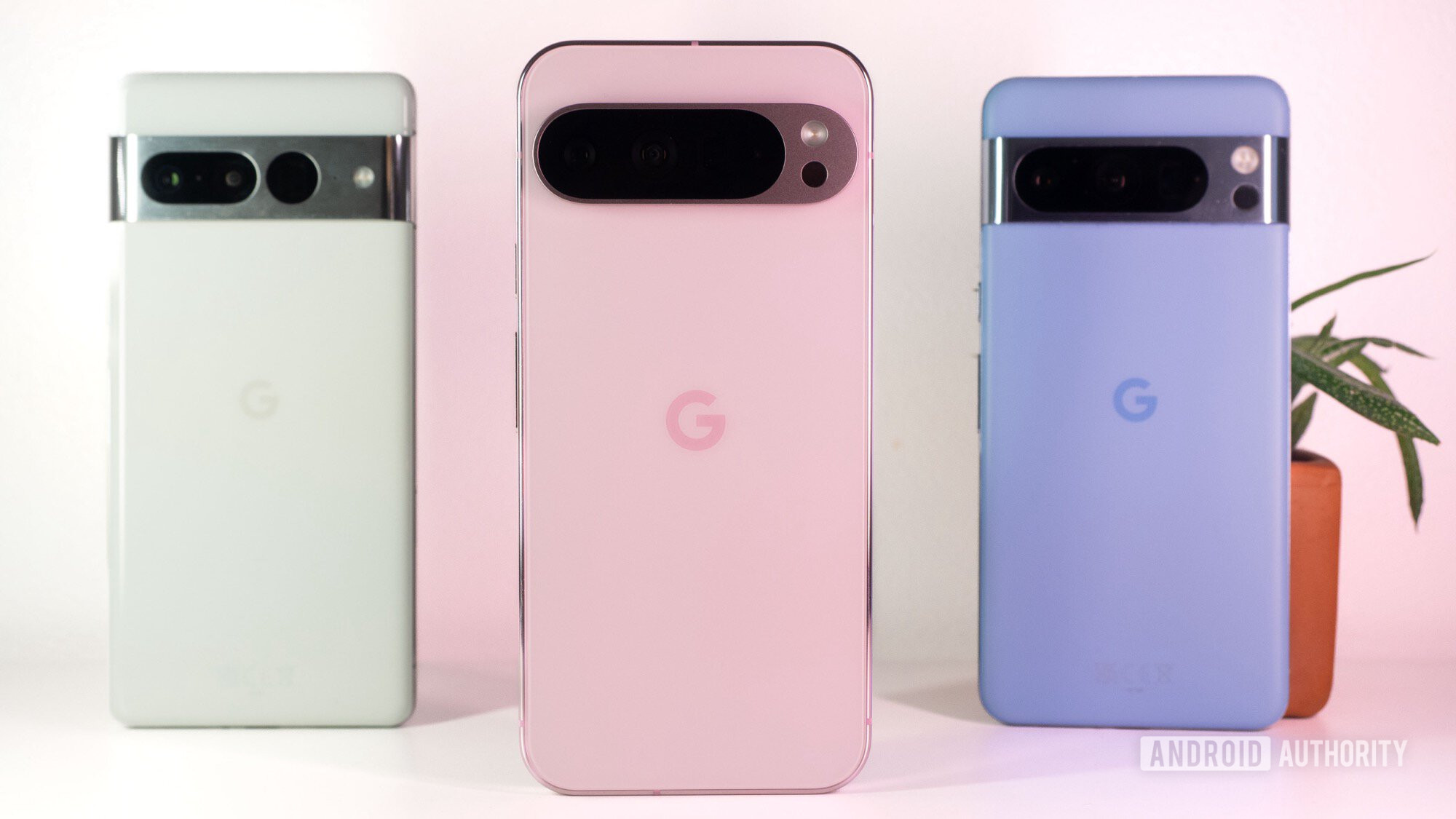
Forget raw power, this is what I want from the Pixel 11's Tensor G6
Zac Kew-DennissDecember 12, 2025
0
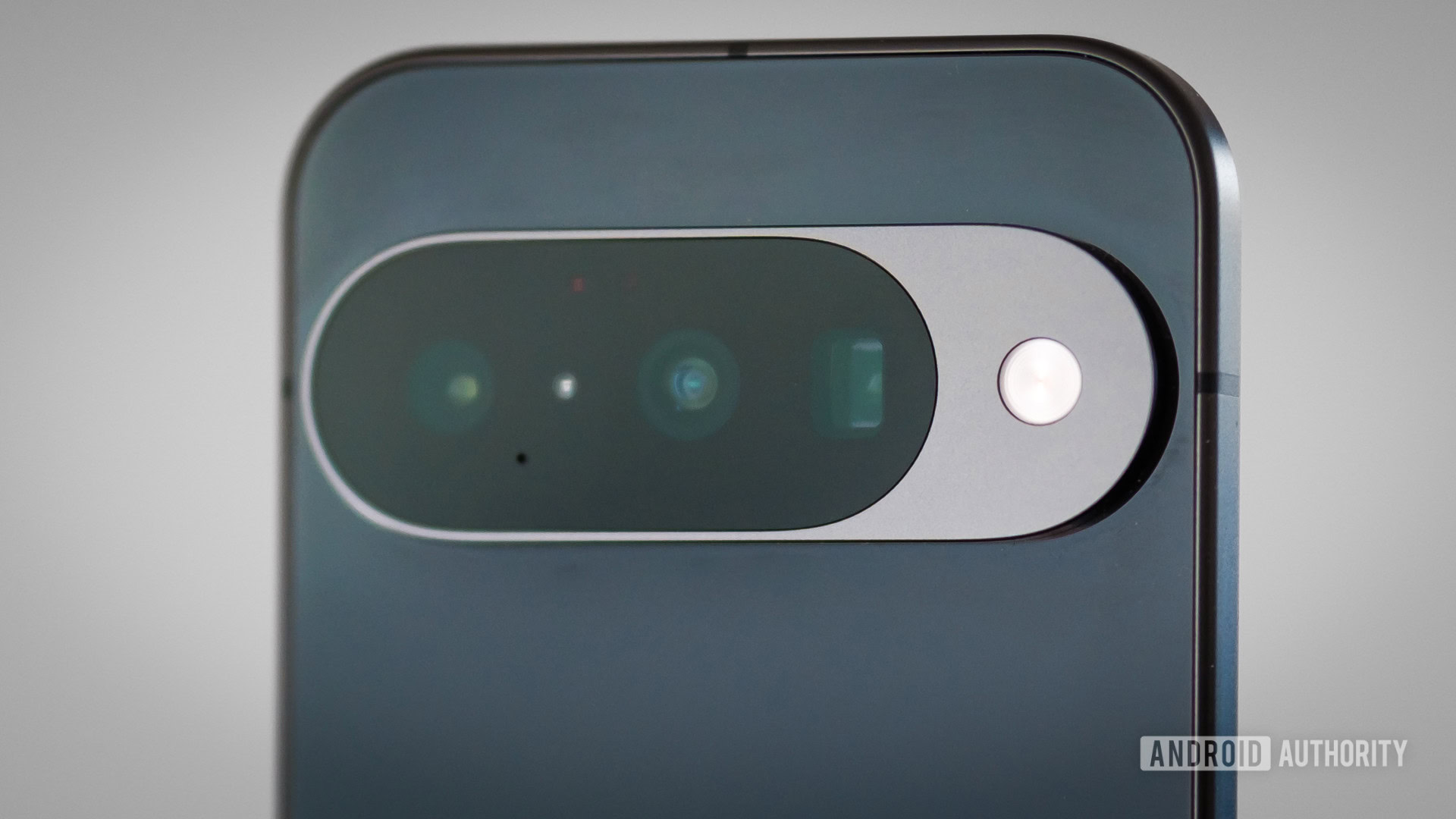
We went hands-on with the Galaxy Z TriFold. Here’s the good (and the bad)
Joe MaringDecember 12, 2025
0
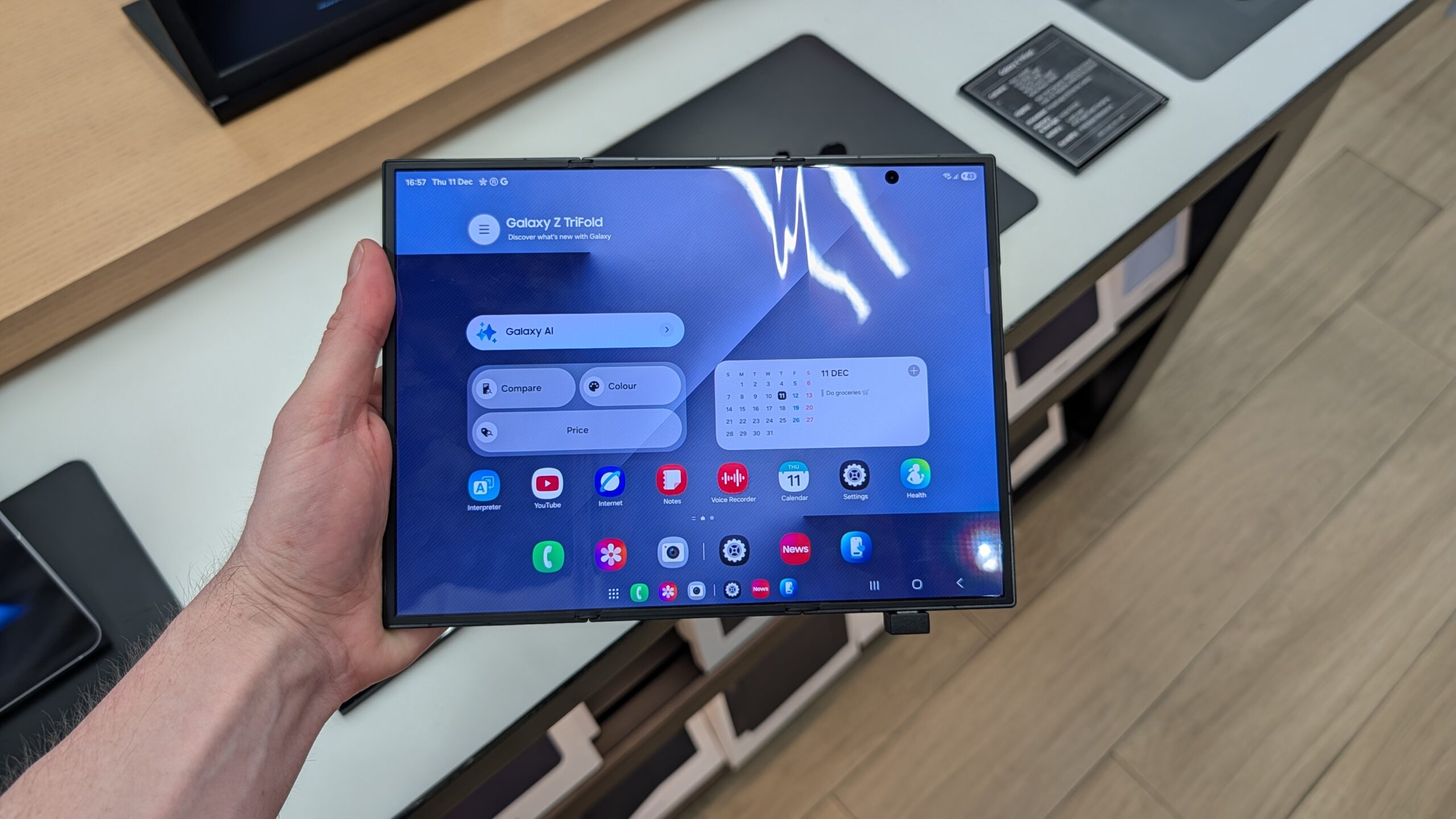
Tired of ads in your notifications? How to use One UI 8.5's secret feature to block them
Joe MaringDecember 11, 2025
0
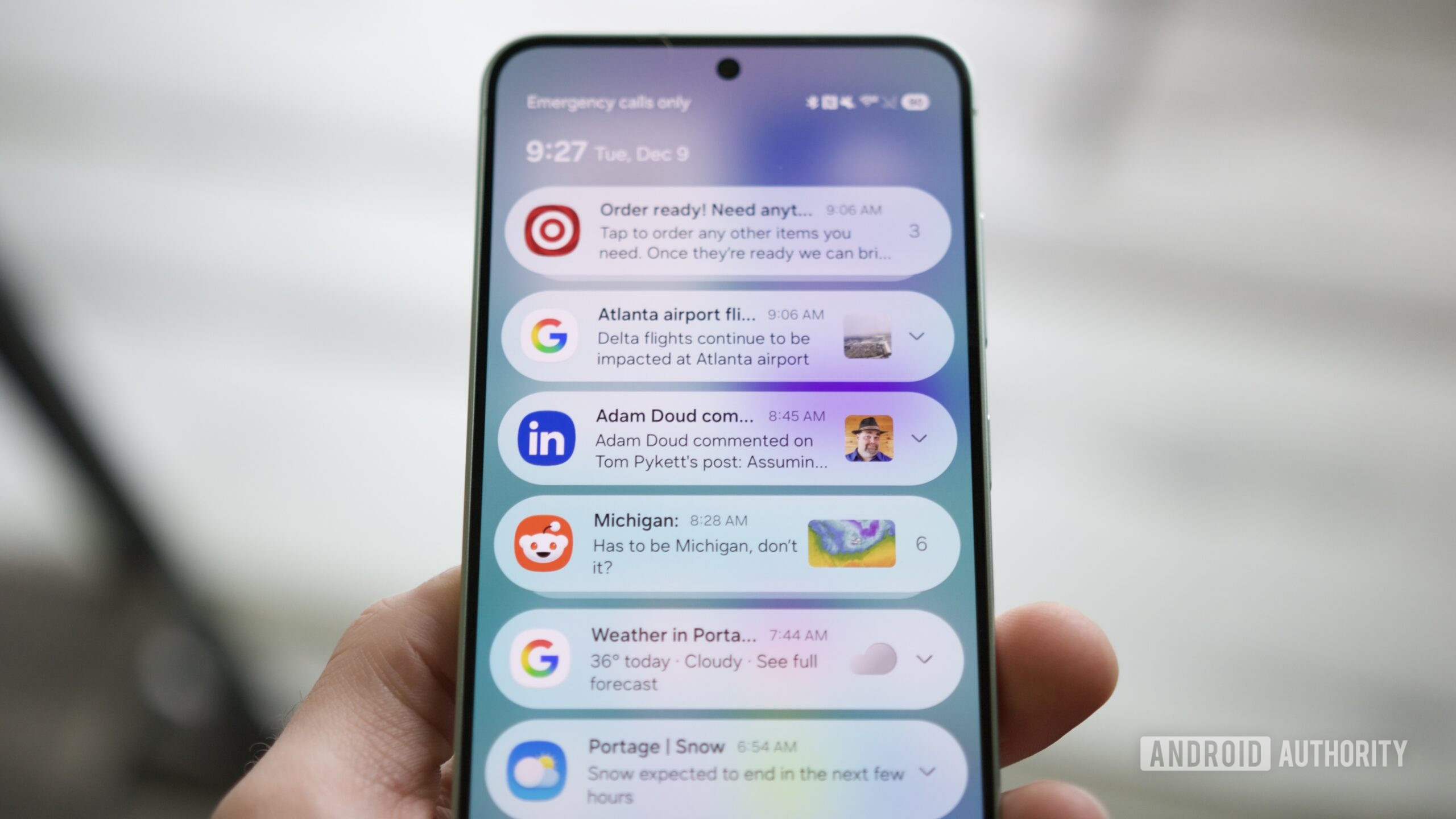
The Pixel 10's wireless charging is a disaster, and you can’t fix it
Zac Kew-DennissDecember 10, 2025
0
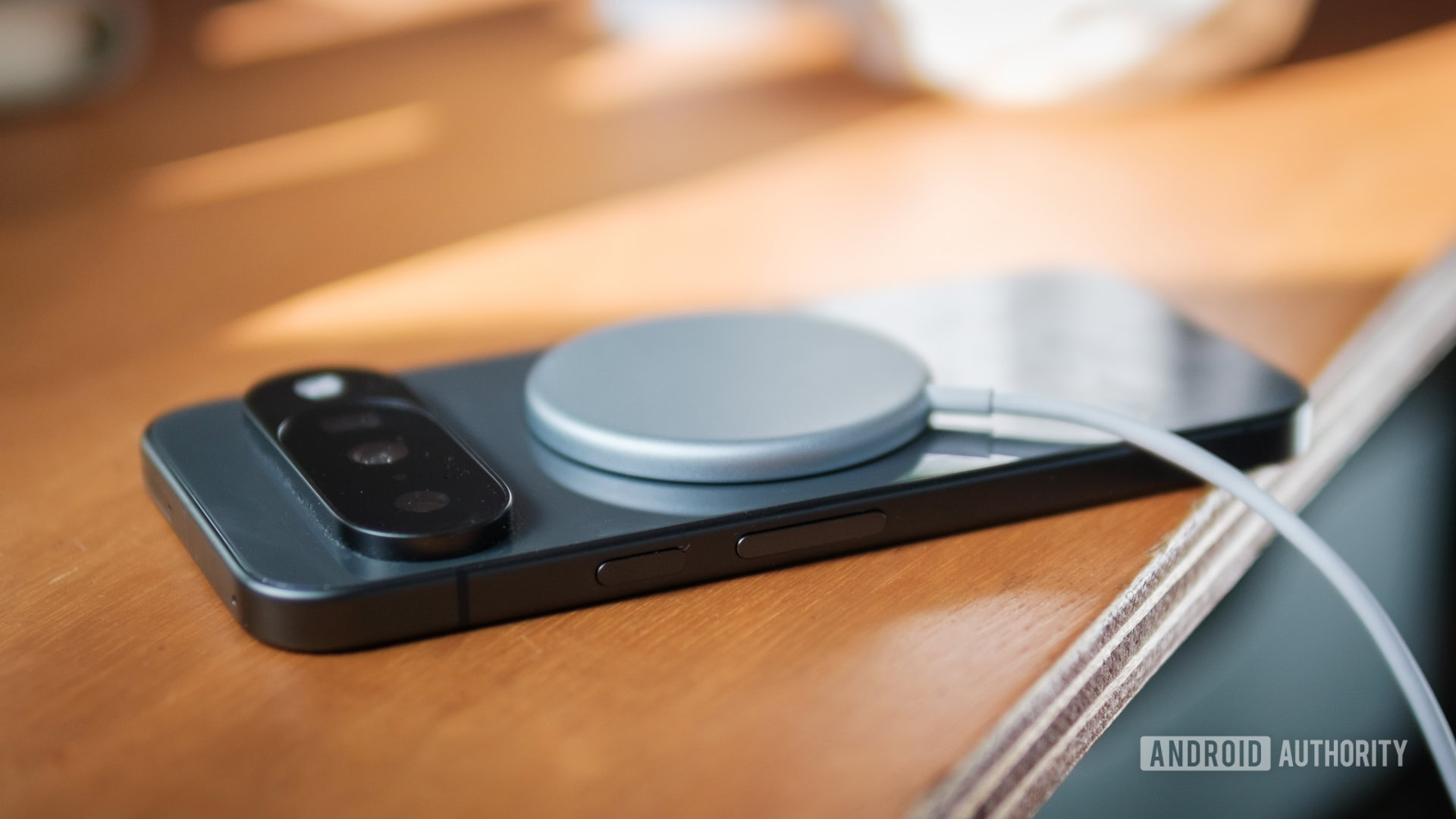
I upgraded to the Pixel 10 Pro XL for better battery life, and I'm... confused?!
Rita El KhouryDecember 9, 2025
0
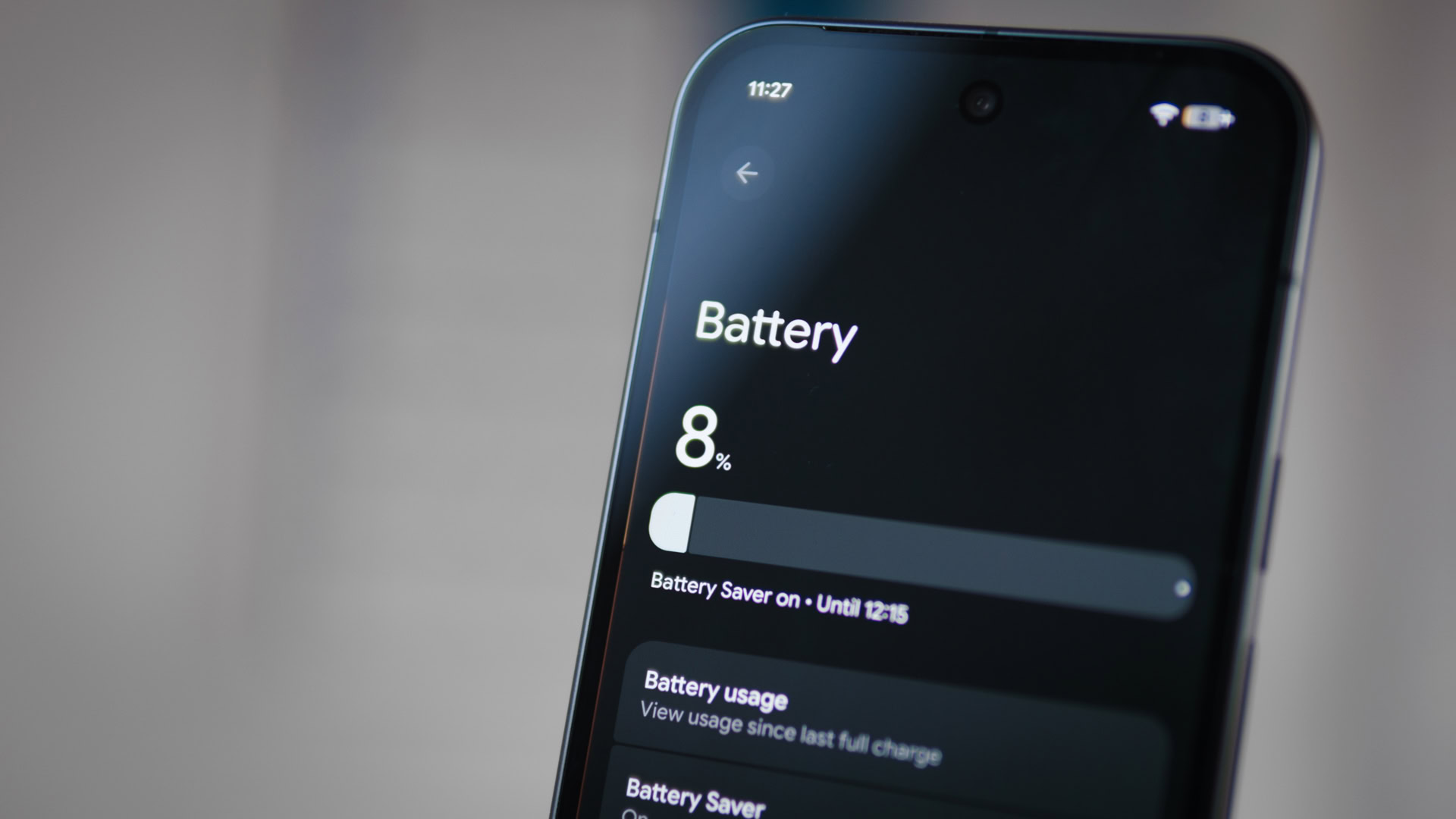
This One UI 8.5 feature dramatically improves your Samsung phone's battery life, here's how
Joe MaringDecember 9, 2025
0
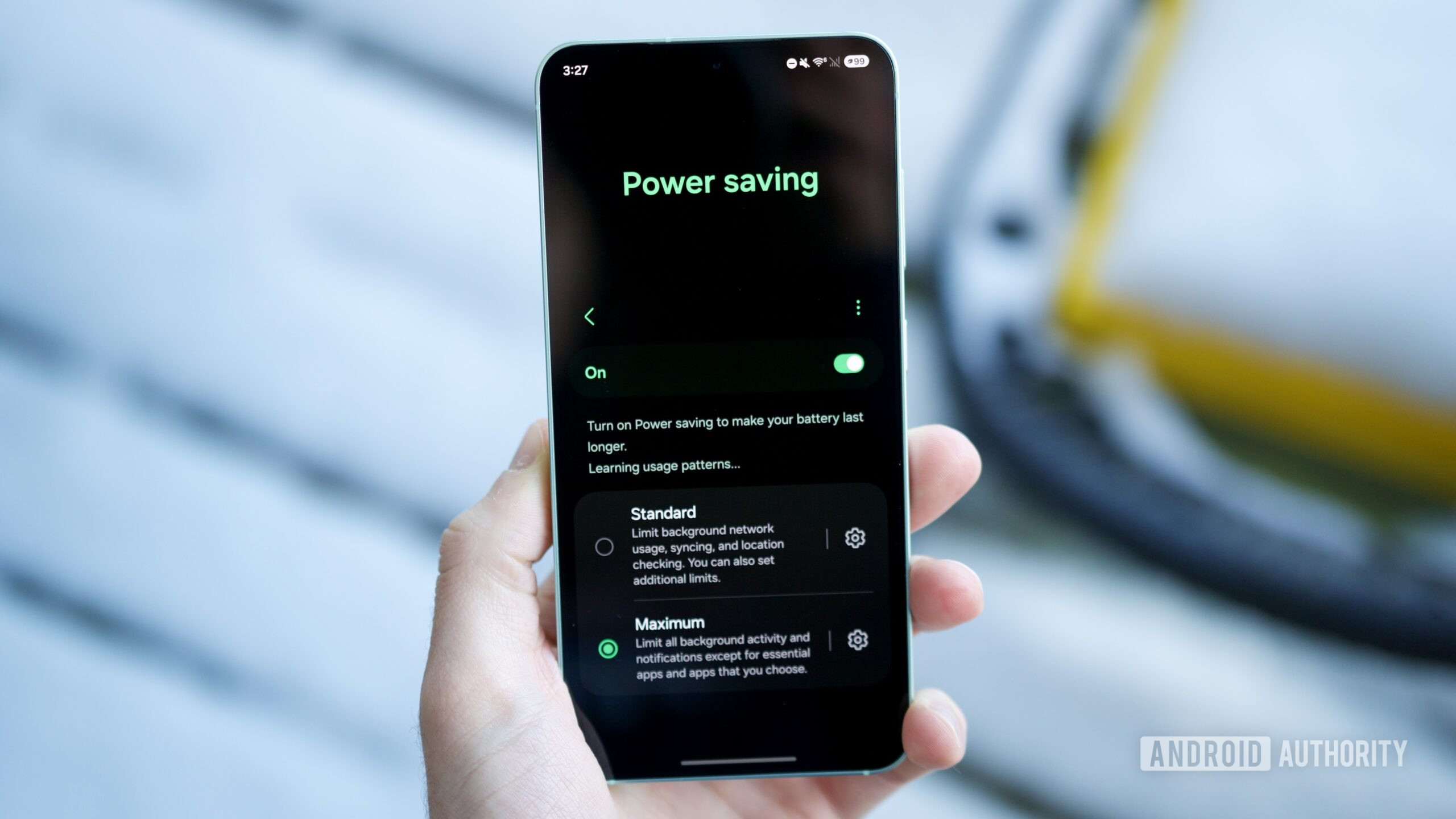
You can now download the One UI 8.5 beta on your Samsung phone, here's how
Joe MaringDecember 9, 2025
0
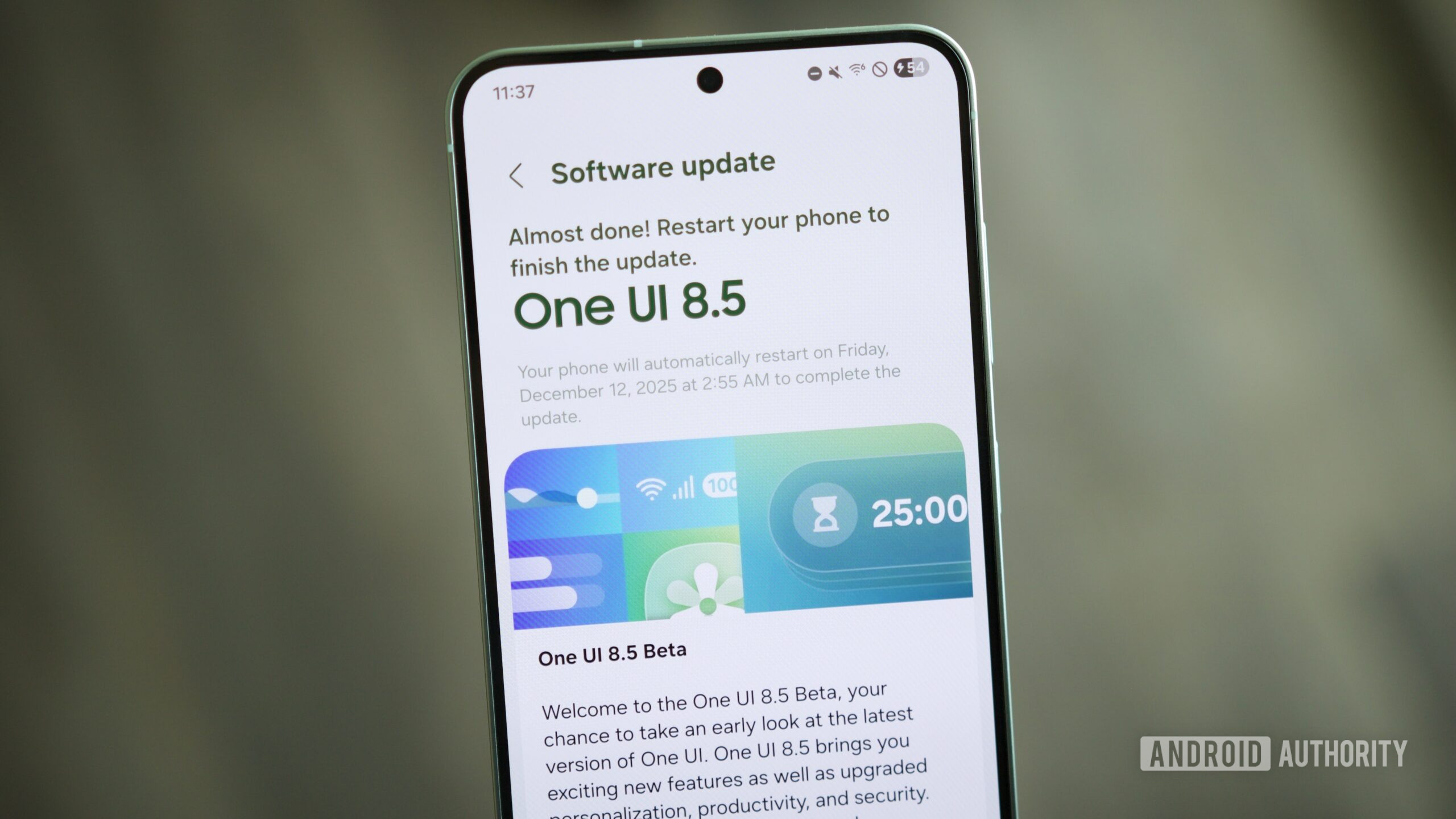
Hot phone deals: All Google Pixel 10 series devices are still on sale
Edgar CervantesDecember 12, 2025
0

Samsung may have revealed the design of its rumored wide foldable
Ryan McNealDecember 12, 2025
0
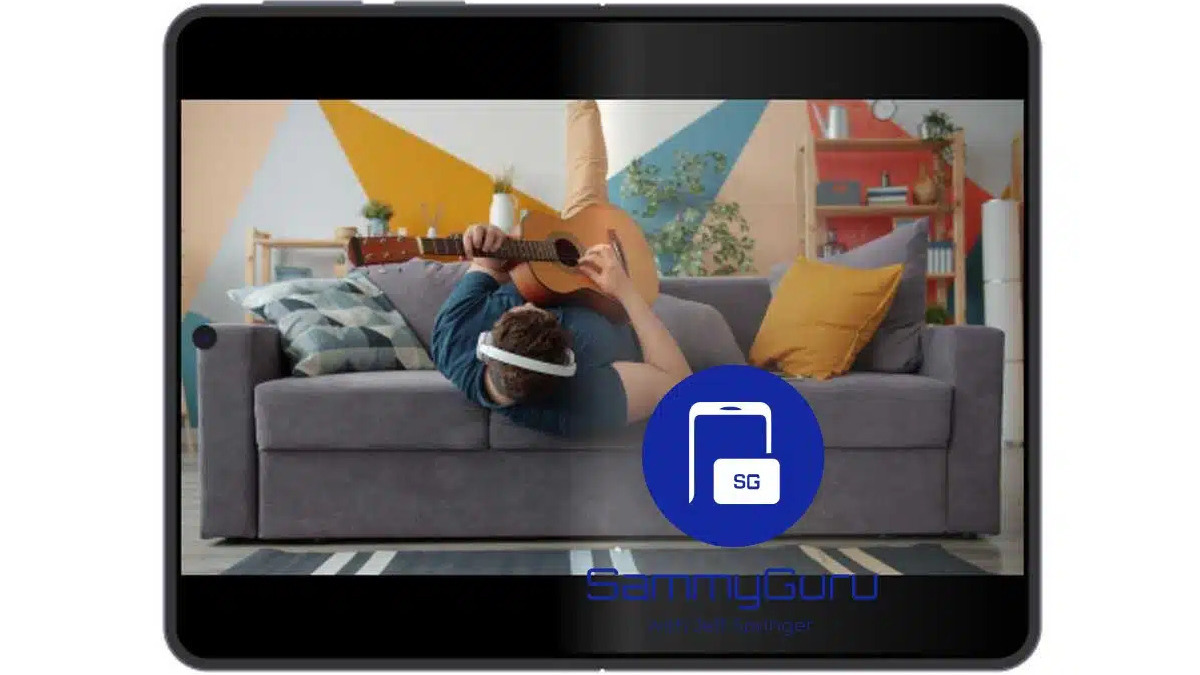
Blame AI: Phone specs could go backward in 2026
Aamir SiddiquiDecember 12, 2025
0
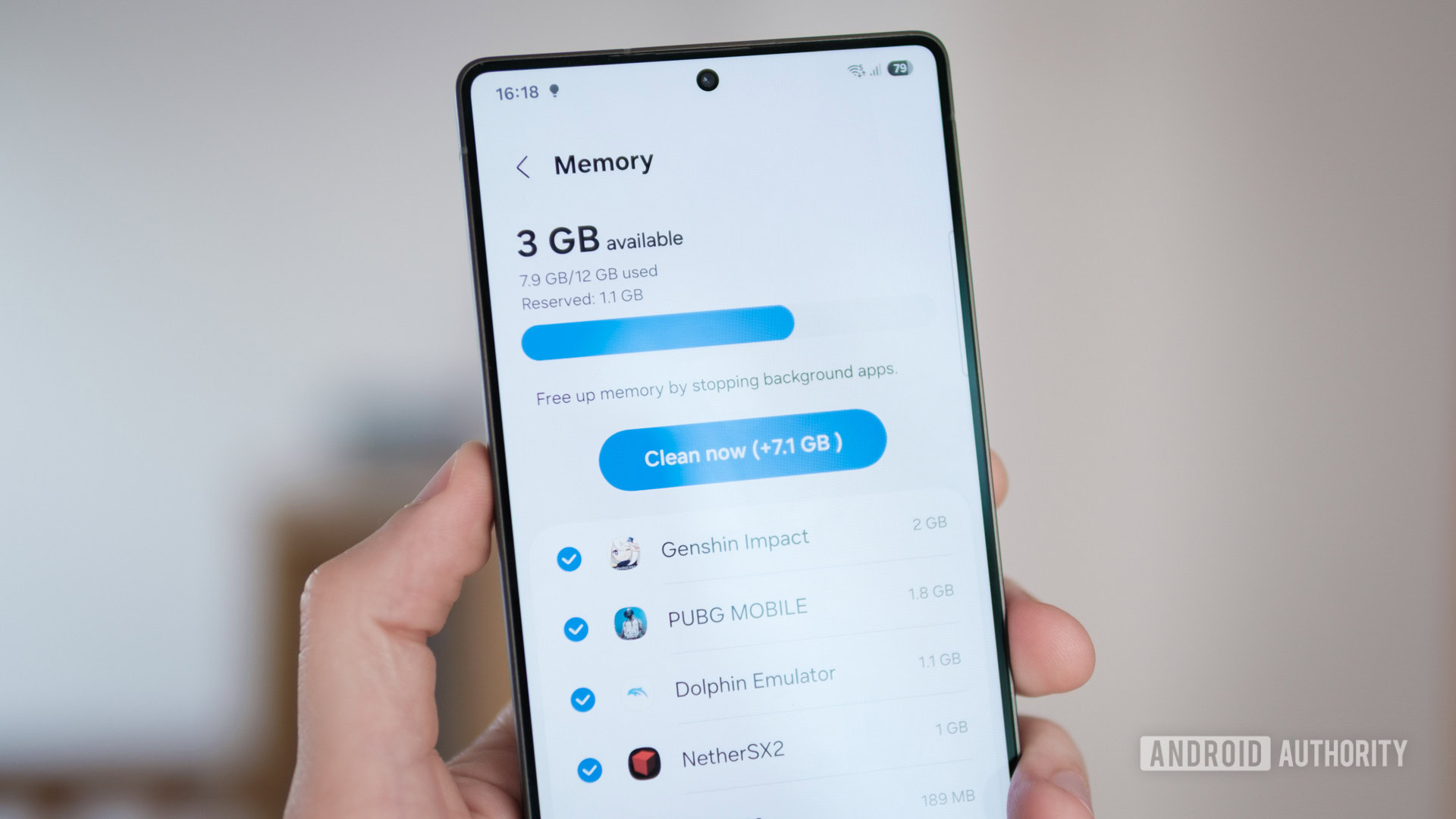
Broke your Galaxy Z TriFold display? Here's how much you'll pay (it's a lot)
Hadlee SimonsDecember 12, 2025
0

Prepare your wallets: Galaxy S26 Ultra's biggest upgrade is all but confirmed
Hadlee SimonsDecember 12, 2025
0

Pixel 9 Pro Fold is finally getting a camera feature it should have had from the start
Tushar MehtaDecember 12, 2025
0
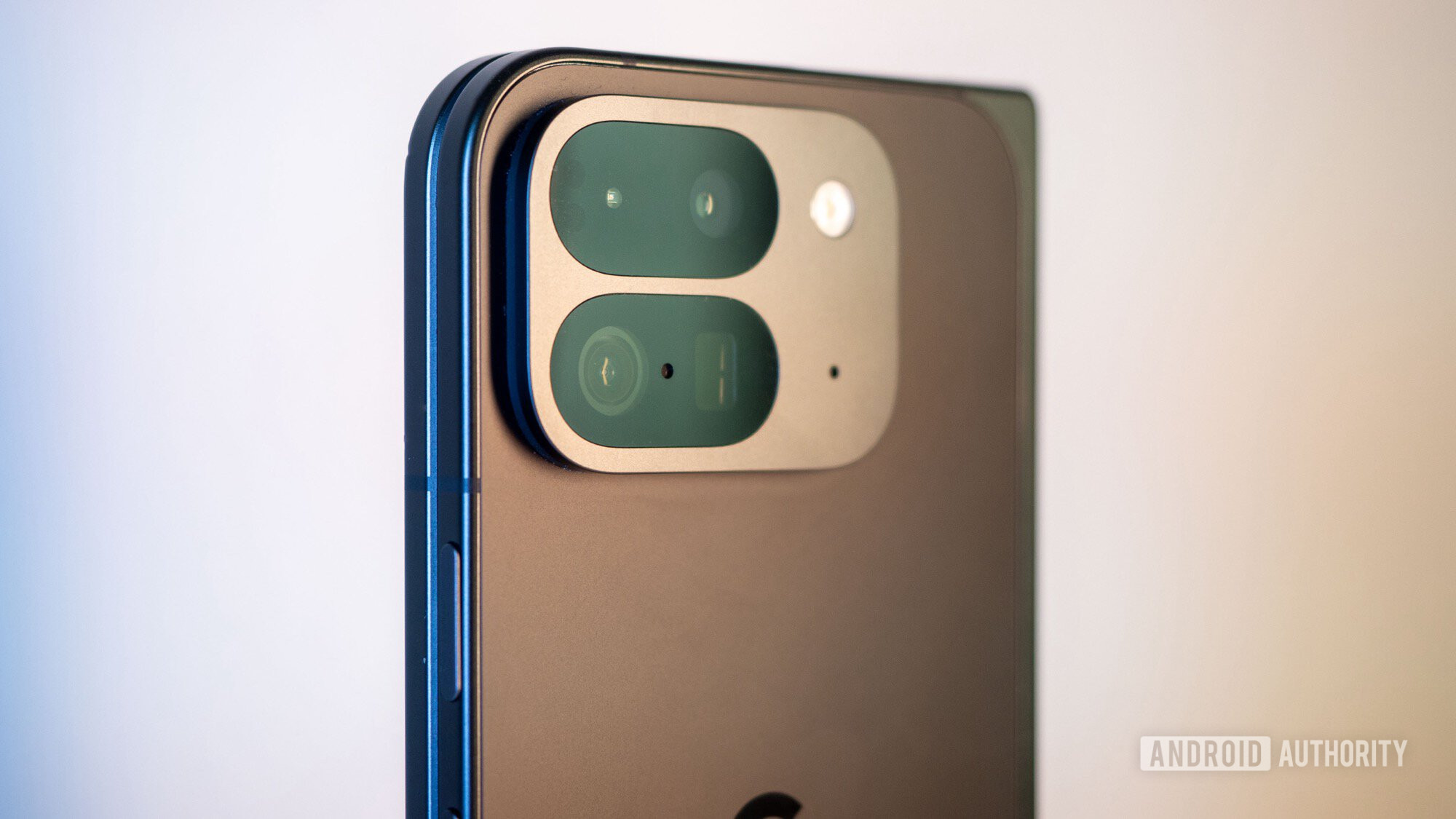
Survey reveals huge vote of confidence for Pixel 11 months before launch
Aamir SiddiquiDecember 12, 2025
0
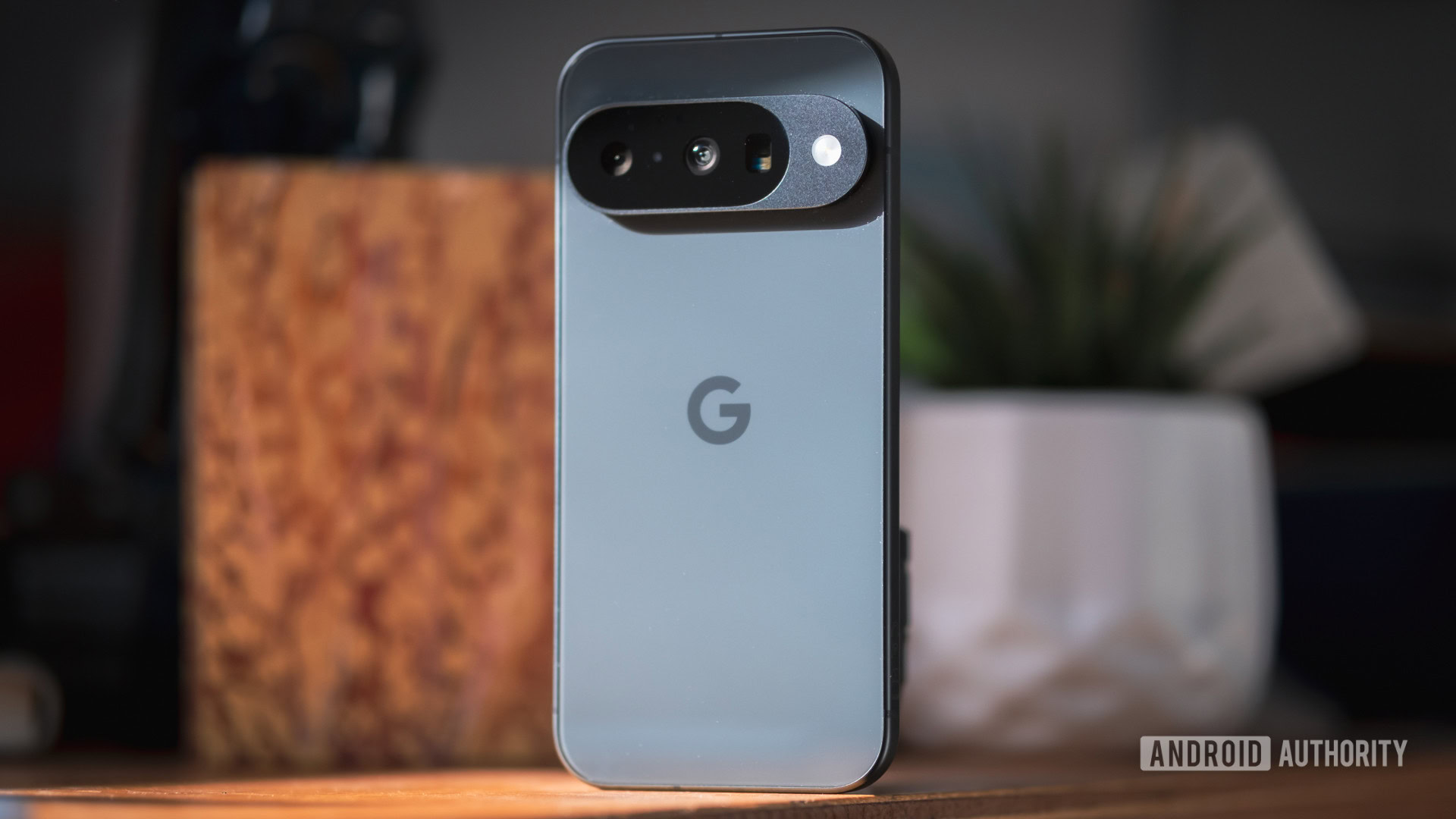
Nothing reportedly halts Nothing OS 4.0 rollout for 'urgent fix' (Update: Statement)
Adamya SharmaDecember 11, 2025
0

HUAWEI takes on Samsung with global launch of Mate X7 foldable
Aamir SiddiquiDecember 11, 2025
0
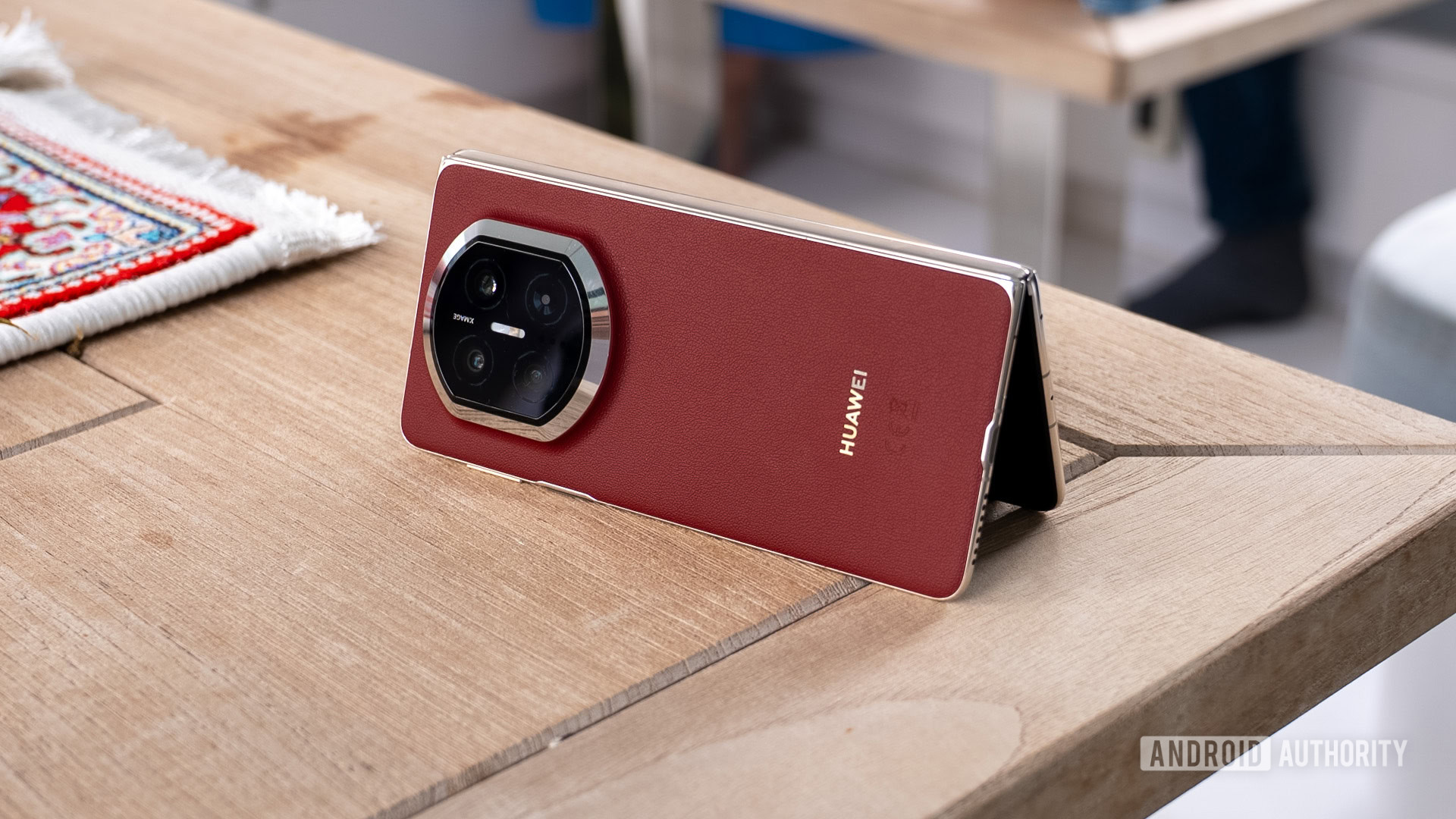
The Galaxy Z TriFold has a clever workaround to enable seamless App Continuity
Mishaal RahmanDecember 11, 2025
0
